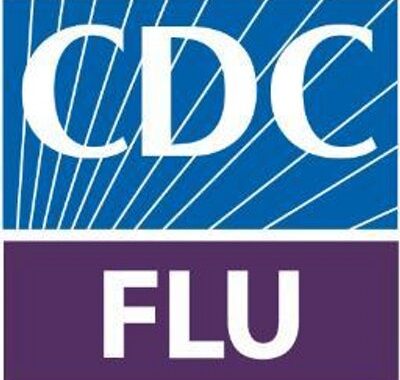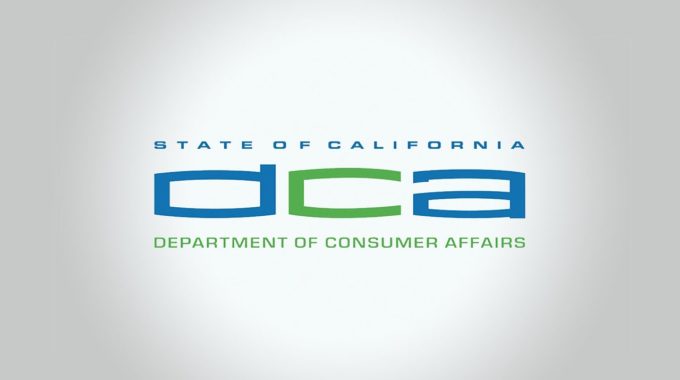In late 2025, the U.S. Centers for Disease Control and Prevention (CDC) made a major…
Proposal to Add BPA to CA Prop 65 List – What it Means to Dentist UPDATE
California proposes to add BPA to Proposition 65 List
Updated 4/22/2013
On April 19, 2013, the California Office of Environmental Health Hazard Assessment (OEHHA) withdrew the proposal to add bisphenol A (BPA) to California’s Proposition 65 List of chemicals known to the State to cause cancer or reproductive toxicity.
In response to the initial proposal issued in January 2013, American Chemistry Council filed a legal injunction to halt OEHHA’s proposed listing of BPA, refuting OEHHA’s evidence to add BPA to the Proposition 65 list as inconclusive. The court agreed to allow a preliminary injunction requiring OEHHA to delist the chemical, pending final resolution of the case.
OSHA Review will continue to provide updates to the status of BPA as it relates to California’s Proposition 65 list, as they happen.
For more information on the BPA decision, please refer to the following OEHHA link here.
Original Post 2/15/13
In late January 2013, the California Environmental Protection Agency Office of Environmental Health Hazard Assessment (OEHHA) released a regulatory notice of its intent to add Bisphenol A (BPA) on California’s Proposition 65 List as a reproductive toxin. Given the evidence against it showing its reproductive and possible carcinogenic effects, BPA is almost a shoe-in to be added to the list.
What is BPA?
BPA is a colorless organic solid that is soluble in organic solvents, but poorly soluble in water. It is used to make polycarbonate plastics, for use in some types of beverage containers, compact disks, plastic dinnerware, impact-resistant safety equipment, automobile parts, and toys. BPA epoxy resins are used in the protective linings of food cans, in dental sealants, thermal paper such as receipts, and in other products.
Health effects of BPA
While more research is needed to understand health effects to humans, BPA has been shown to be a male and female reproductive hazard in laboratory animals. Additionally, concerns that BPA exhibits hormone-like properties have been raised about its suitability in consumer products and food containers.
Since 2008, several governments have questioned its safety, which prompted some retailers to withdraw polycarbonate products. A 2010 report from the United States Food and Drug Administration (FDA) warned of possible hazards to fetuses, infants, and young children. While many countries, including the US, have banned its use in baby bottles, Canada went further, formally declaring it a toxic substance, largely limiting its use in the country.
California’s Proposition 65 List
California’s Proposition 65, also known as the Safe Drinking Water and Toxic Enforcement Act of 1986, requires the Governor to publish a list of chemicals known to the State of California to cause cancer or reproductive harm. Dentists with ten or more employees must post notice sign(s) in their offices alerting individuals to the potential exposure to chemicals used by that office. Currently, if applicable, two signs must be posted in a dental office one for restorative materials and one for nitrous oxide.
What this could mean to California dentists
Dental offices in California that use dental sealants or composite material that gives off BPA AND that have 10 or more employees would be required to post a warning sign with specific verbiage for patients and employees. If OEHHA’s BPA regulatory notice passes, it is unknown if a new sign will be required or if the existing sign for restorative materials will be sufficient.
Dental patients are potentially exposed to BPA during the placement of some dental sealants and composite fillings. Dental sealants and composite fillings don’t actually contain BPA, but many of them contain compounds that turn into BPA on contact with saliva. BPA forms in the mouth after applying some dental sealants and fillings and has been measured in the saliva up to three hours after dental work is completed. Fortunately, a quick wipe and rinse of the completed dental work removes 88% to 95% of the compounds that can become BPA, vastly decreasing whatever risk there might be.
For more information about the status of the OEHHA’s BPA regulatory notice, click here.
OSHA Review, Inc. a registered continuing education provider in the State of California, specializing in Dental Practice Act, infection control, and Cal/OSHA training. OSHA Review subscribers in California receive updated regulatory compliance and infection control training thorough our bi-monthly newsletter.



